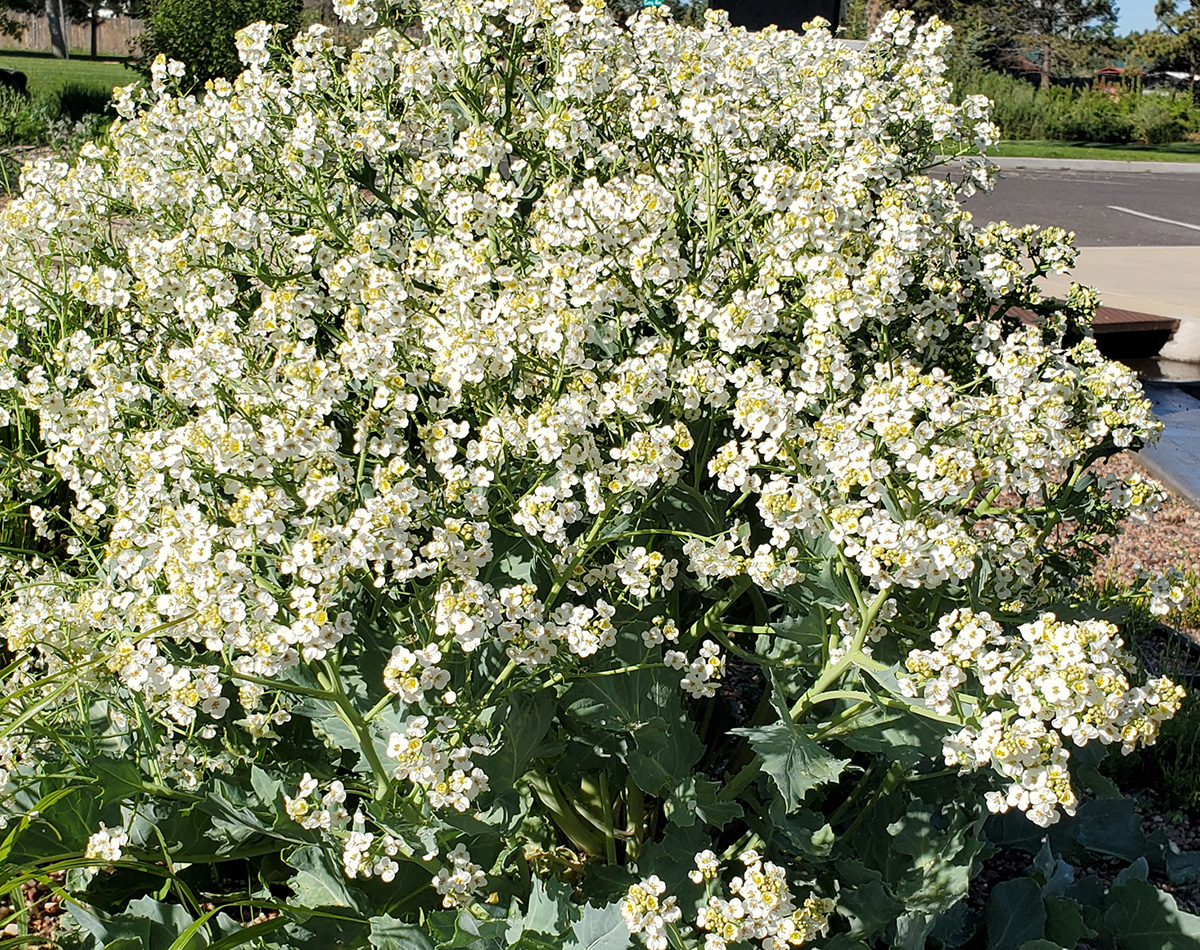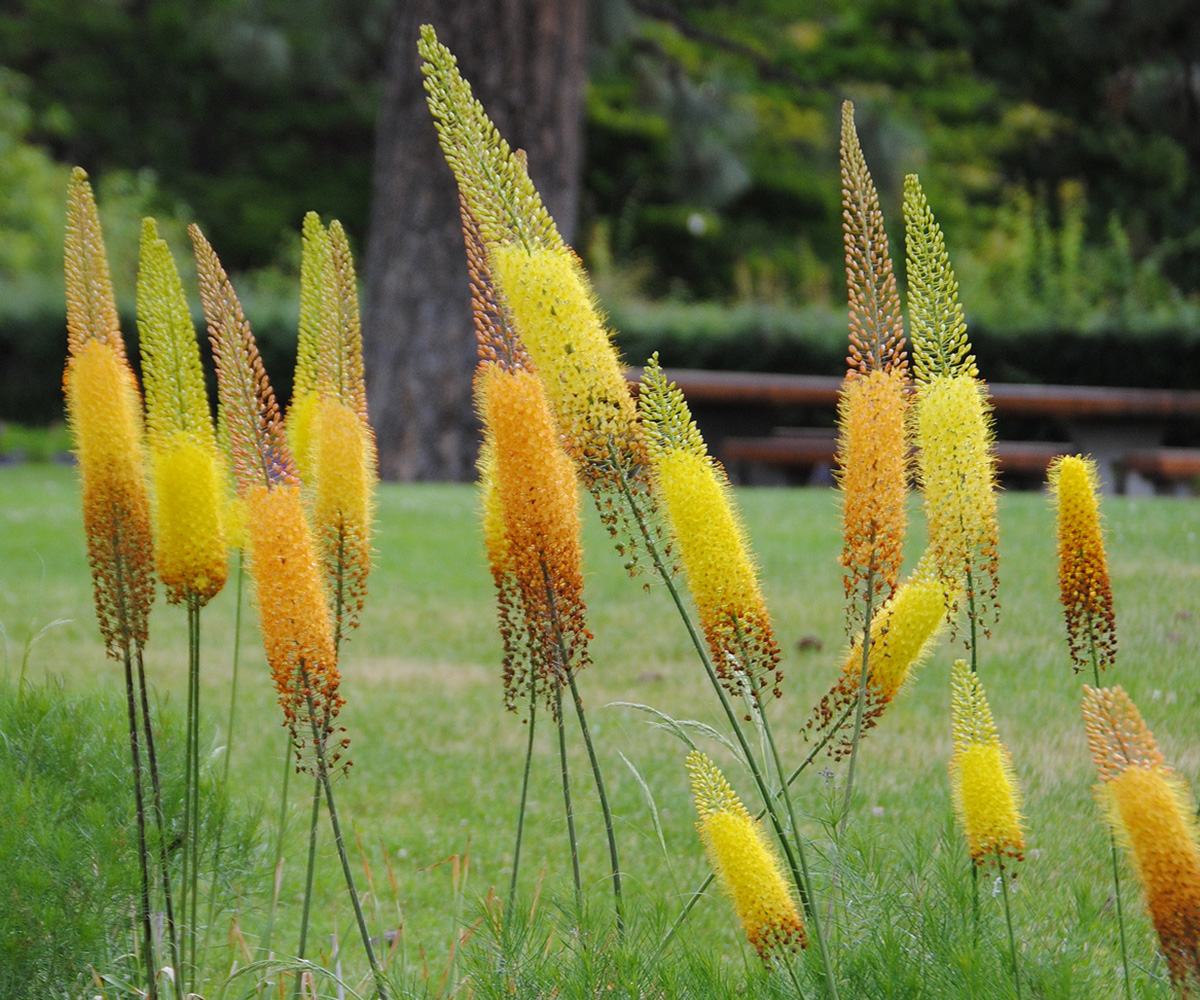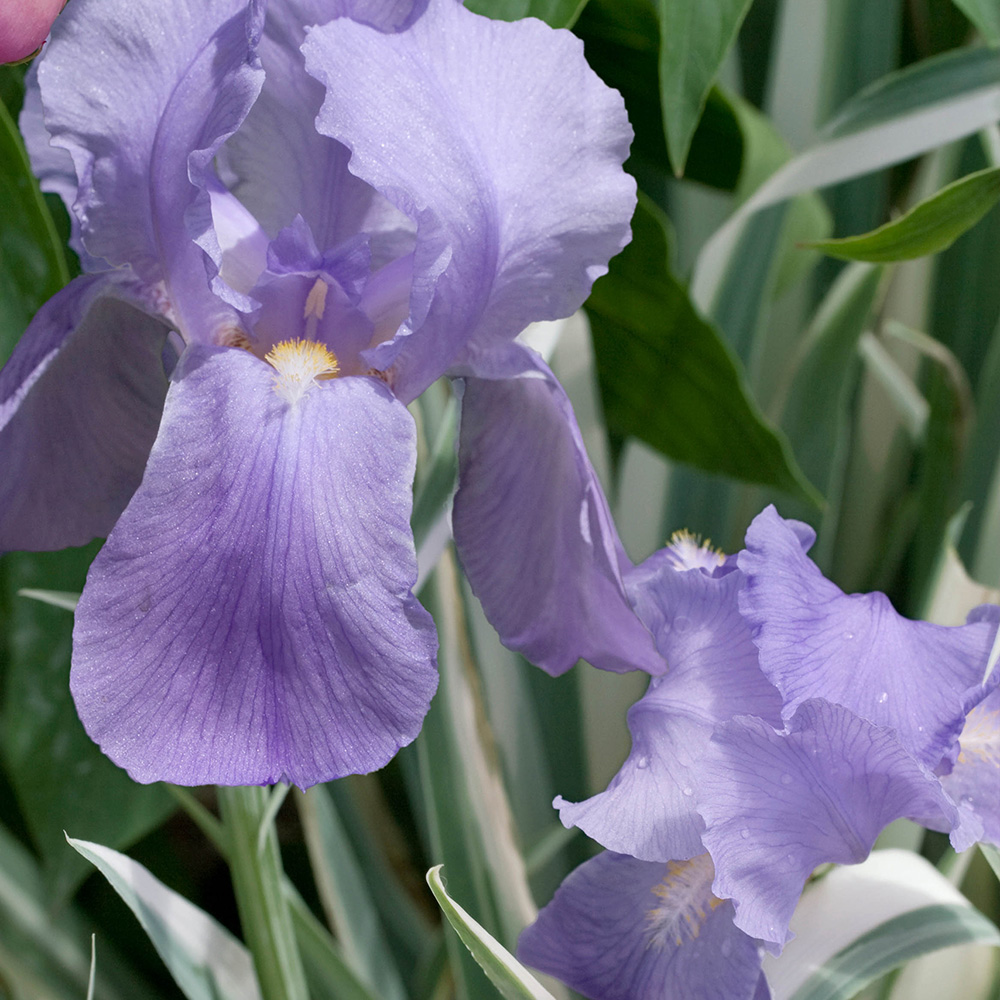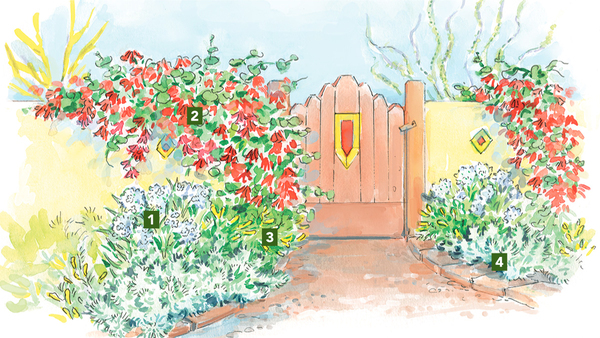
In her article “Spring Planting Ideas,” Michelle Gervais beautifully illustrates the magical time that is the start of spring: “Our winter-weary spirits lift as hints of green begin to appear. We notice even the smallest patches of snowdrops and crocuses as we drive by at 55 miles per hour. The first daffodil sighting is a thrill, and tulips are almost too colorful to bear. The pale chartreuse haze in the trees seems to change to lush, vibrant green overnight, and every new sprout brings delight. It’s the start of another exciting season, and the potential and possibilities for our gardens seem boundless.”
While spring is often a flurry of planting, planning, and performing the many garden chores in between, it’s always a treat to have some plants that will kick off the season with color while others are still waking up and waiting for warmer weather to show off their best. This spring planting plan was crafted by regional expert Scott Aker and would be a spectacular addition to any Mountain West garden.
1. Sea kale

Name: Crambe maritima
Zones: 4–9
Size: 2 to 3 feet tall and 2 to 2½ feet wide
Conditions: Full sun; medium to dry, well-drained soil
Native range: Europe, North Africa, southwestern Asia
Sea kale rewards gardeners with stunning, waxy, blue-green foliage that emerges in early spring. The scalloped, wavy leaves form an open rosette; in late spring to early summer, intricately branched flower stalks grow from the center, bearing clouds of small, fragrant white blooms. After the blossoms fade, they are replaced by attractive round seedpods. This plant’s expressive foliage also continues to bring much interest after the flowers have faded. As a bonus, all parts of the plant—including the roots, leaves, and flower buds—can be eaten. Extensive and deep roots make sea kale remarkably drought resistant, and it is not browsed by deer. This perennial prefers fertile, sandy or gravelly soil with a neutral to alkaline pH, and it tolerates dry conditions and high salinity.
2. Grand Mesa penstemon

Name: Penstemon mensarum
Zones: 4–9
Size: 1½ to 3 feet tall and 1 to 1½ feet wide
Conditions: Full sun to partial shade; medium to dry, well-drained soil
Native range: Western Colorado
Grand Mesa penstemon is a star in areas well beyond its small native range. The evergreen rosette of leaves gives rise to tidy spikes adorned with whorls of deep cobalt-blue flowers that bloom from spring through summer. Cut back the flower stalks after the blooms have faded for the first two years to help the plant put energy into growing larger. After that, you can allow seeds to develop; seedlings may grow nearby if the plant is content with its location. Using a spading fork, loosen the soil around the plants every year, since the roots appreciate airy soil. For another level of interest, the rosette of foliage turns orange-red as winter approaches.
3. Foxtail lily

Name: Eremurus stenophyllus
Zones: 4–9
Size: 2 to 3 feet tall (4 to 5 feet tall in bloom) and 1 to 2 feet wide
Conditions: Full sun; sandy, well-drained soil
Native range: Western and central Asia
In late spring, the sturdy, tall stalks of foxtail lily are covered in a multitude of bright yellow flowers. These strong, flexible stems do not need staking. The leaves begin to wither as the flowers bloom, so plant foxtail lily near other plants with nice summer foliage. Cut the flower stalks close to the soil surface after the blooms have faded. Dormant crowns are available for fall planting, and each has a buttonlike growing point with fleshy roots surrounding it. Plant the crowns so that the roots fan out in all directions; bury them no more than 6 inches deep, and keep the central growing point just below the surface of the soil. This perennial tolerates dry conditions well.
4. Variegated sweet iris

Name: Iris pallida ‘Variegata’
Zones: 4–9
Size: 2 to 3 feet tall and 1½ to 2 feet wide
Conditions: Full sun to partial shade; well-drained soil
Native range: Northeastern Italy, northwestern
Balkan Peninsula Modern iris hybrids are lovely, but I think the oldest cultivars have the best fragrance. That is certainly the case with variegated sweet iris, which has a sweet, floral, grapelike scent. It produces a heavy crop of light blue flowers in mid to late spring, and the white-margined leaves lend elegance to the garden for the rest of the season. Like any iris, it should be lifted and divided every four or five years, and the rhizomes must be planted at the soil surface. Remove fading leaves throughout the growing season to thwart iris borers and foliar diseases. While this perennial likes well-drained soil, it requires consistent moisture for best performance.
Scott Aker is the director of the Cheyenne Botanic Gardens in Wyoming.
View the full collection of regional planting plans and see the rest of issue 216.
Fine Gardening Recommended Products

The Regenerative Landscaper: Design and Build Landscapes That Repair the Environment
Fine Gardening receives a commission for items purchased through links on this site, including Amazon Associates and other affiliate advertising programs.

Planting in a Post-Wild World: Designing Plant Communities for Resilient Landscapes
Fine Gardening receives a commission for items purchased through links on this site, including Amazon Associates and other affiliate advertising programs.

ARS Telescoping Long Reach Pruner
Fine Gardening receives a commission for items purchased through links on this site, including Amazon Associates and other affiliate advertising programs.


















Comments
Log in or create an account to post a comment.
Sign up Log in